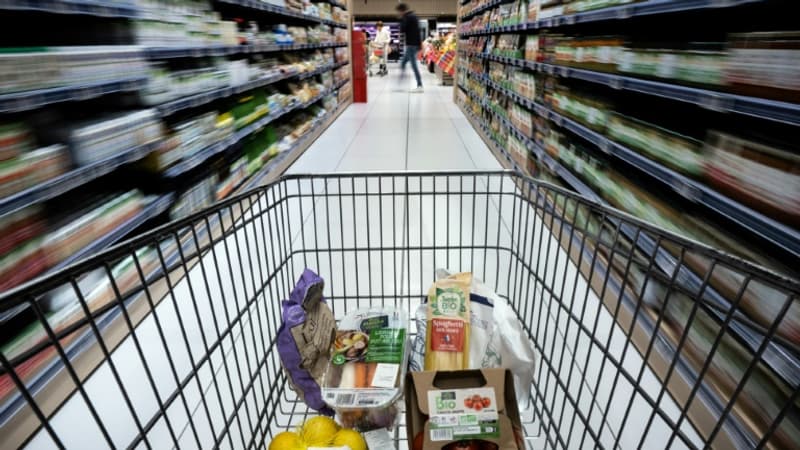On March 1, the commercial negotiations between the large supermarkets called by Emmanuel Macron to “participate in the effort” and their agribusiness suppliers come to an end. The discussions are stormy in an inflationary context that raises fears of new price rises.
How much will the shopping cart cost in March, May or July? The price of most of the products sold in large food stores, from the leader E.Leclerc to Casino passing through Carrefour, depends on the purchase conditions negotiated until midnight on Wednesday by these brands with their industrial suppliers.
They are free of the price of the food they sell to the consumer, as long as they respect a minimum margin of 10% provided by law. But they must negotiate each year with the agro-industry the price and the conditions of sale, in yogurt, meat or cookies.
Their interest is to obtain the best conditions to be able to be competitive in their prices while protecting their profit margins. This is even more crucial this year as store operating costs skyrocket, especially electricity bills.
Price increase?
Except manufacturers are also facing inflation in their production costs, from agricultural raw materials to packaging, and have been asking supermarkets for months to buy their most expensive products.
At the Agricultural Show on Saturday, Emmanuel Macron called on distributors to “participate in the effort”.
For their part, supermarkets are clamoring for a lack of transparency, and calls for exaggerated raises, Carrefour boss Alexandre Bompard even calling some of them “delusional”.
Result: less than six manufacturers out of 10 have signed a contract with distributor clients… compared to eight out of 10 who are usually at this stage of negotiations, according to the latest figures provided by Ania.
Whatever the outcome of the negotiations, the prices on the shelves will continue to rise.
Already, because supermarkets promised in December -in a legally non-binding document- to “take into account, without negotiating, the cost increases suffered” by their suppliers, especially the smallest ones.
Then, because the requests for increases are “anything but illusory”, according to Jean-Philippe André, president of the Ania agri-food lobby.
Proof of these tensions, only one in two manufacturers had signed all their contracts with their dealer customers by the middle of last week, an unusually low rate within days of closing.
“very serious” topic
The distribution ensures that it cannot absorb these price increases on its own and, therefore, it will have to pass them on to its customers, who have already suffered food inflation of 12% in 2022 and are themselves facing the rise in gasoline or the fuels.
The government tries to provide answers with an anti-inflation basket project, a selection of references with the best quality/price ratio, which nevertheless faces many criticisms and uncertainties.
French households did not wait to adapt and resorted to more or less equivalent but cheaper products, such as first prices, and to brands perceived as cheaper.
A search for the lowest price that makes it even more crucial for supermarkets to obtain the best possible purchasing conditions to show lower prices than the competition.
If prices rise too much, the entire agri-food chain is exposed to a drop in volumes sold, because customers would be deprived of products that have become too expensive.
Source: BFM TV


